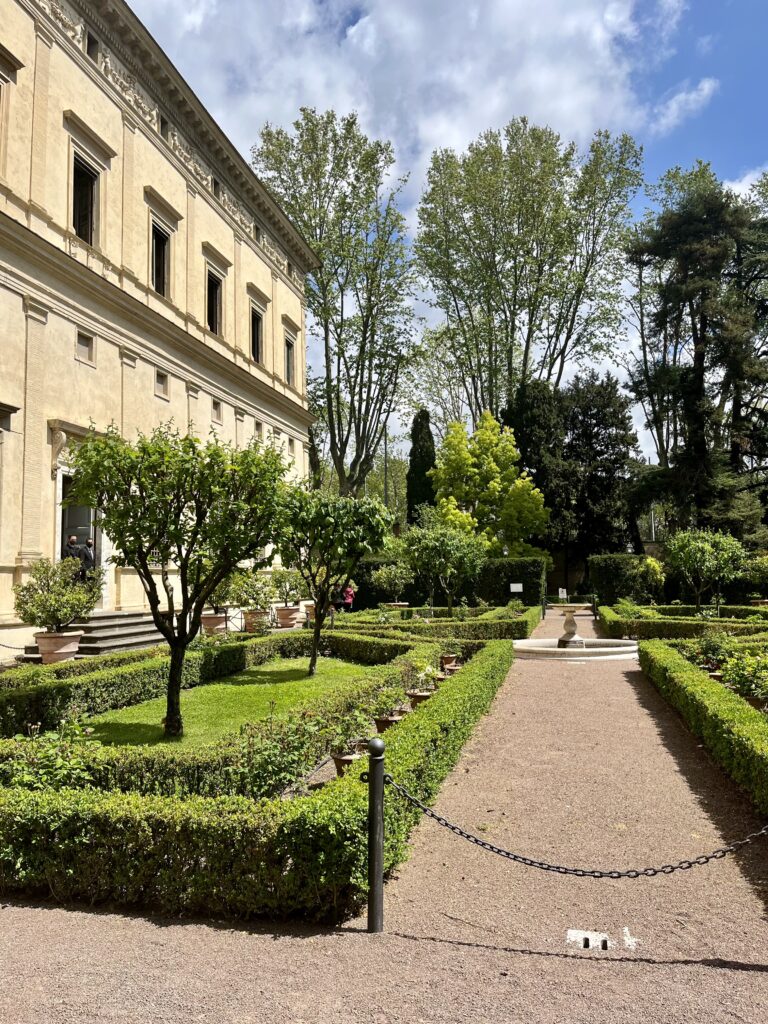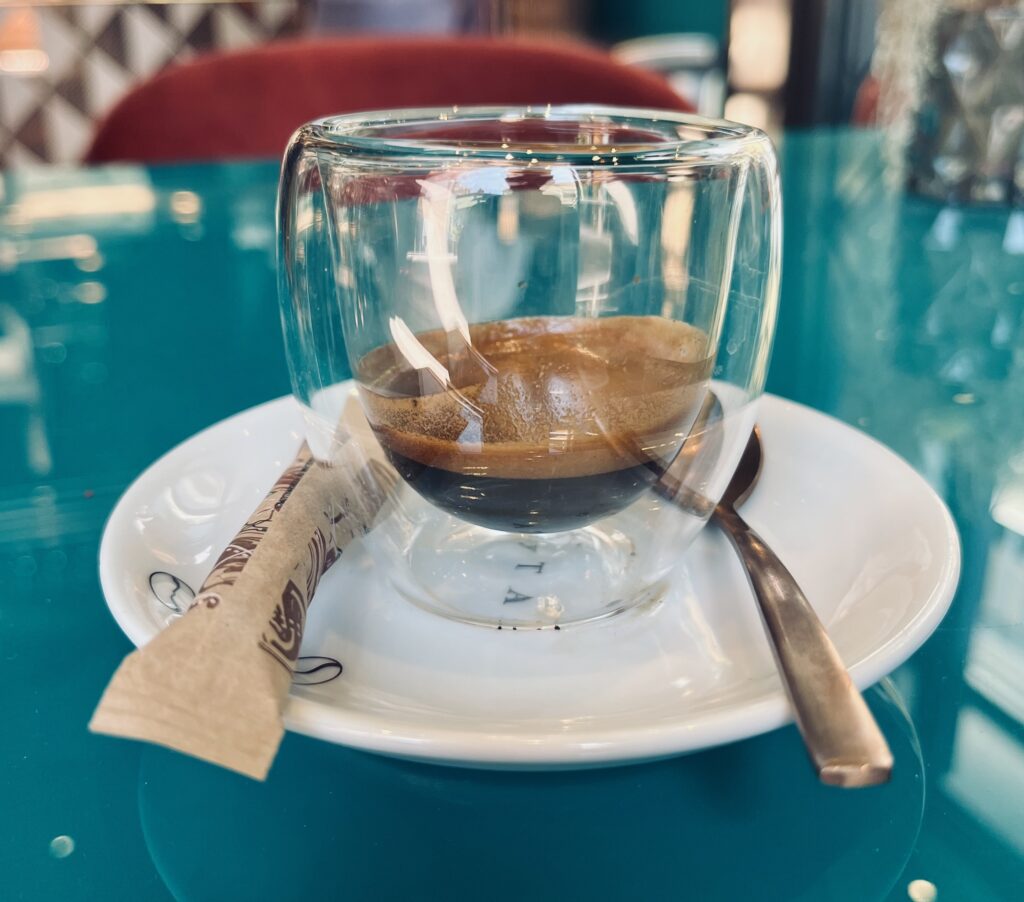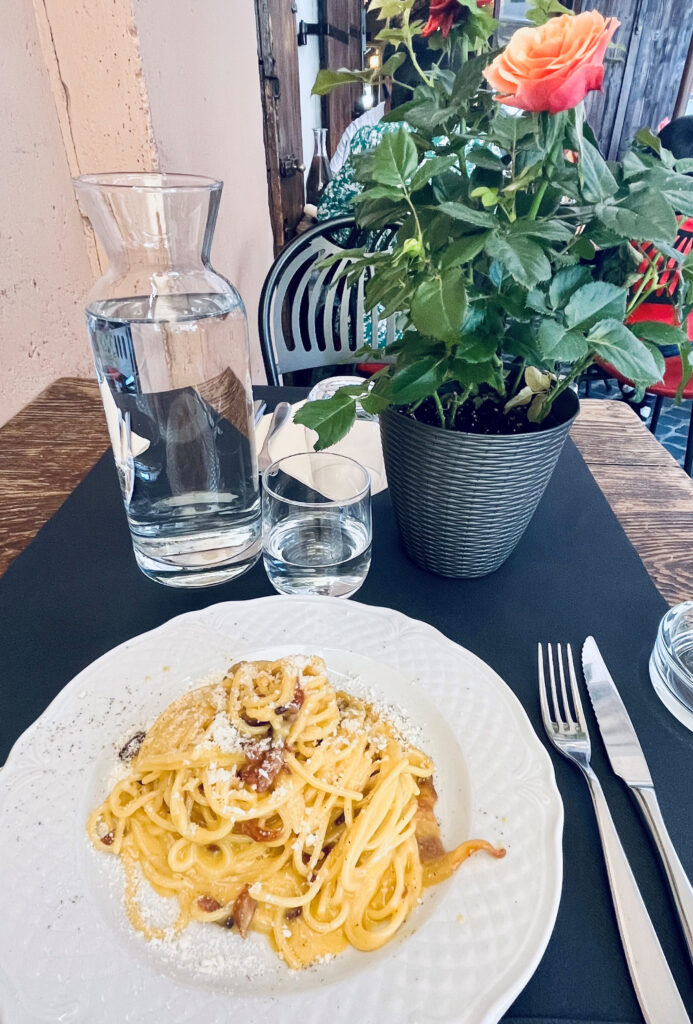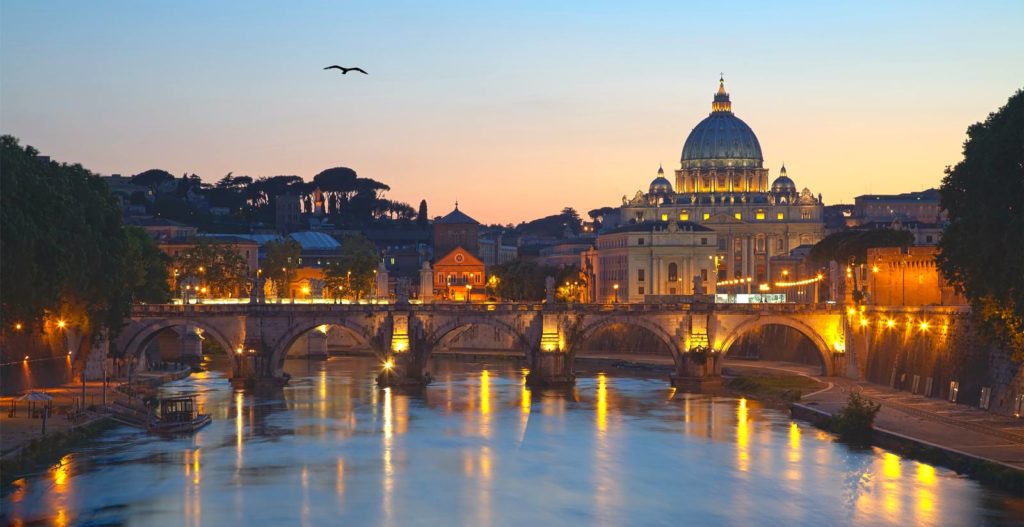Rome Highlights >
A Cinematic Journey through Rome
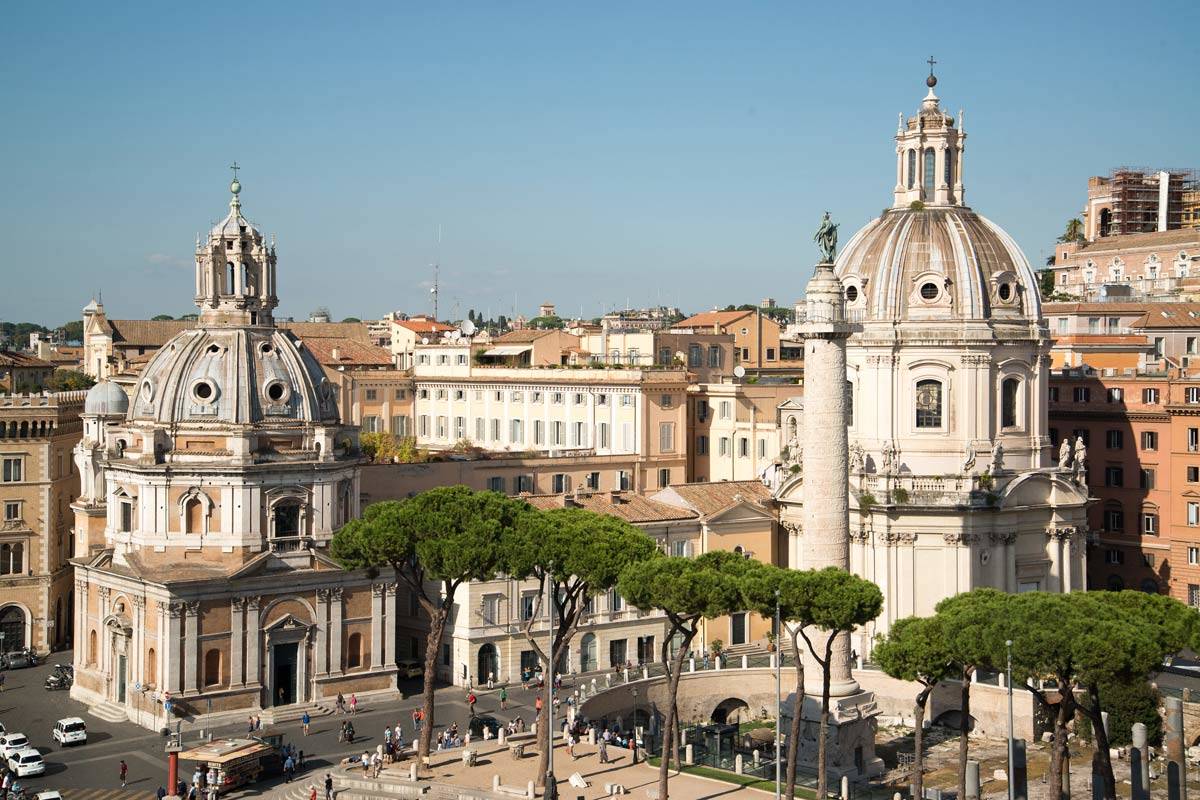
When you think of Rome, part of the vivid and important history that springs to mind is that of its cinema. The living set of many movies, both domestic and foreign, Rome exhibits something ineffably cinematic in streets. Some of the most famous include Rossellini’s momentous Roma Città Aperta, to Fellini’s La Dolce Vita, and more recently Sorrentino’s La Grande Bellezza. Films return time and again to exploit and explore this city’s beauty. Join us on a cinematic journey through Rome, retracing the steps of protagonists who pulled on your heartstrings. Admire the monuments that provided the exquisite backdrops, and discover the city that brought these films to life.
Our cinematic journey through Rome starts at the Colosseum. A timeless and immediately recognisable sight, it has graced the screens of cinemas all around the world. Back in the 1940s, Roberto Rossellini heralded in the new Neorealist age of Italian cinema with his films Paisa’ and the incredible Roma Città Aperta. Rossellini made the former in 1946. It details the final stages of the war, and the role Italy’s laypeople played in the resistance. The Colosseum plays a particularly sombre role in this piece. It serves as the backdrop to the closing scene of its sad Roman chapter. In this Rome, corruption of innocence and love seems to have seeped the life out of the city.
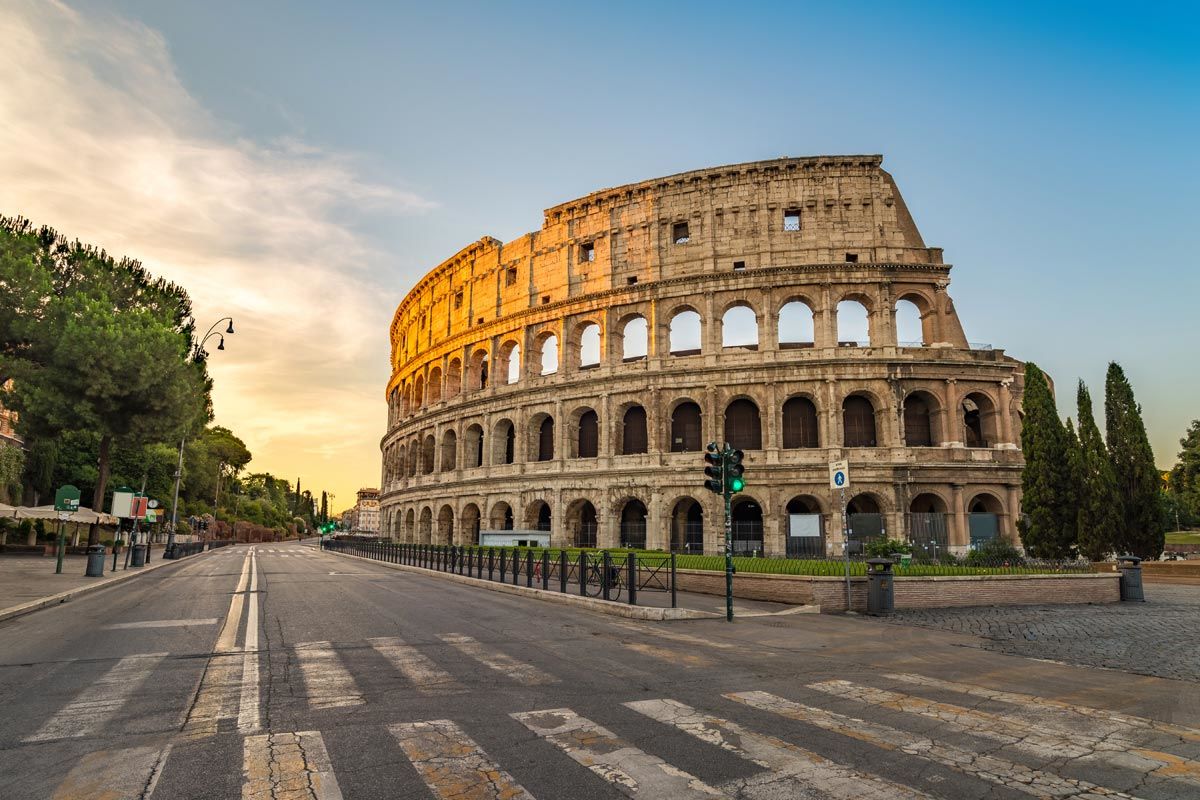
Lets cut to a more cheerful reference, and look back on William Wyler’s timeless classic, Roman Holiday. In its famous vespa sequence, we see the imposing Altare a Vittorio Emmanuele II, and then watch as Peck and Hepburn speed around one of Rome’s most famous monuments. We can easily infer a sense of meta-cinema here. The moment chooses to be aware of its exhibitionist qualities by choosing an Ancient place of performance as its backdrop. Here the idyll of Rome combines with the romance of its history, which you might argue is as glamorised as much as the film itself!
This sense of romanticised history plays well into the hands of contemporary director Sorrentino. His 2013 film La Grande Bellezza shows the Colosseum from the protagonist’s sumptuous terraced apartment. The film plays along the wide and vast theme of life, its pitfalls, its expectations, and its beauty. The Colosseum becomes the host of a thousand different thoughts, connotations, and projections.
We wonder – does the Colosseum serve to bring the ageing socialite (expertly played by Toni Servillo) face to face with his own reality? Does cinema’s romanticising of the Colosseum’s bloody past embody his own skimming over of his seminal years? Has he clung to highlights without giving them the context they need and deserve? And which is more beautiful: an image on the screen synonymous with power, or a life lived with all the reality of its highs and lows? A cinematic journey through Rome will undoubtedly pose more such questions.
Moving on from this structure of endless meanings, we travel down to the Palatine, and then up the gentle hill to the charming Giardino degli Aranci. A calm elegance pervades this small park, open to the public free of charge. Its shady piazza and pristine lawns lead to one of Rome’s most breathtaking views. Here, another of Sorrentino’s scenes unfolds, albeit in the private area of the adjoining property. Even in the public section, however, its soft light, gentle breeze and tranquil atmosphere exudes an airbrushed quality of a pleasant daydream. While away an hour or so on one of the benches, watching tourists come and go, and various newlyweds (there are two churches very close-by) having their photo taken. You almost enter a bubble in this gated giardino, and it will feel hard to leave your own cinematic experience and head back down the hill.
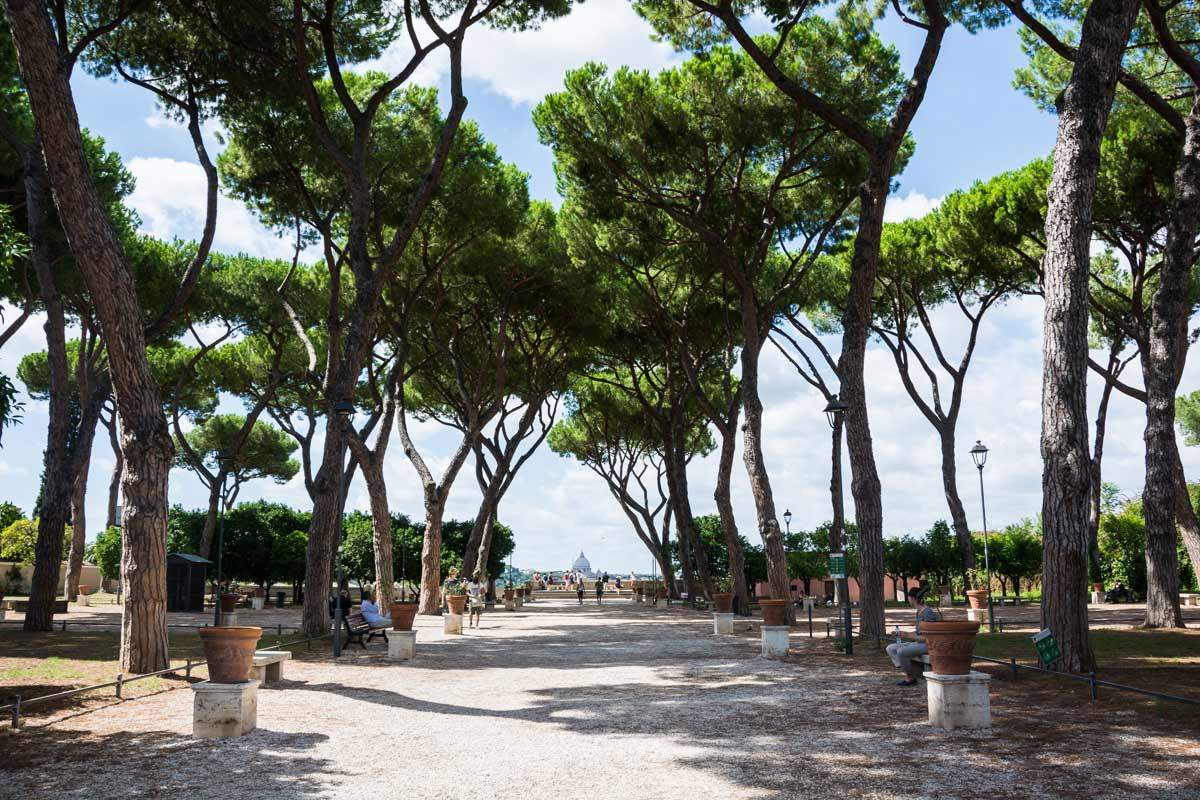
As we wander on in our cinematic journey through Rome, gaze around the Roman Forum and Palatine area. We recall Rossellini’s seminal work in his 1945 masterpiece, Roma Città Aperta. His film sets virtuoso acting in front of and in amongst the rubble of bombed buildings, that now frame Rome’s most famous monuments. The ruins of the Ancient Romans seem to mirror the ruins of 1940s Rome, in tatters following the devastation of WWII.
We continue our cinematic journey through Rome by heading to the hip area of Trastevere, and up to the Piazzale Garibaldi. Take your time arriving here, strolling around the utterly charming vicoli of Trastevere. This is a great place to return to in the evening, with its many bars and restaurants. Upon reaching large Piazzale, two utterly breathtaking views will greet you. Lovers and friends gather here to see the sun go down. On the one side you can look over Rome’s historical center, and on the other the Vatican area. Though you must climb a hill and two sets of stairs, this view makes up for any lost breath!
Though today it is popular for its romantic ambiance, its history in cinema is slightly less cheerful. But not without hope. This elevated space is the setting of the final shot of Rossellini’s 1945 masterpiece Roma Città Aperta. Here, the band of child resistance fighters wander home after seeing the brave priest, Don Pietro, be executed by Nazi occupiers. It is a melancholic blend of hope and desperation, as by virtue of their age, the children offer hope, and yet in the context of the film, their downtrodden posture, and their turned-away faces, we question what shape this hope can possibly take.
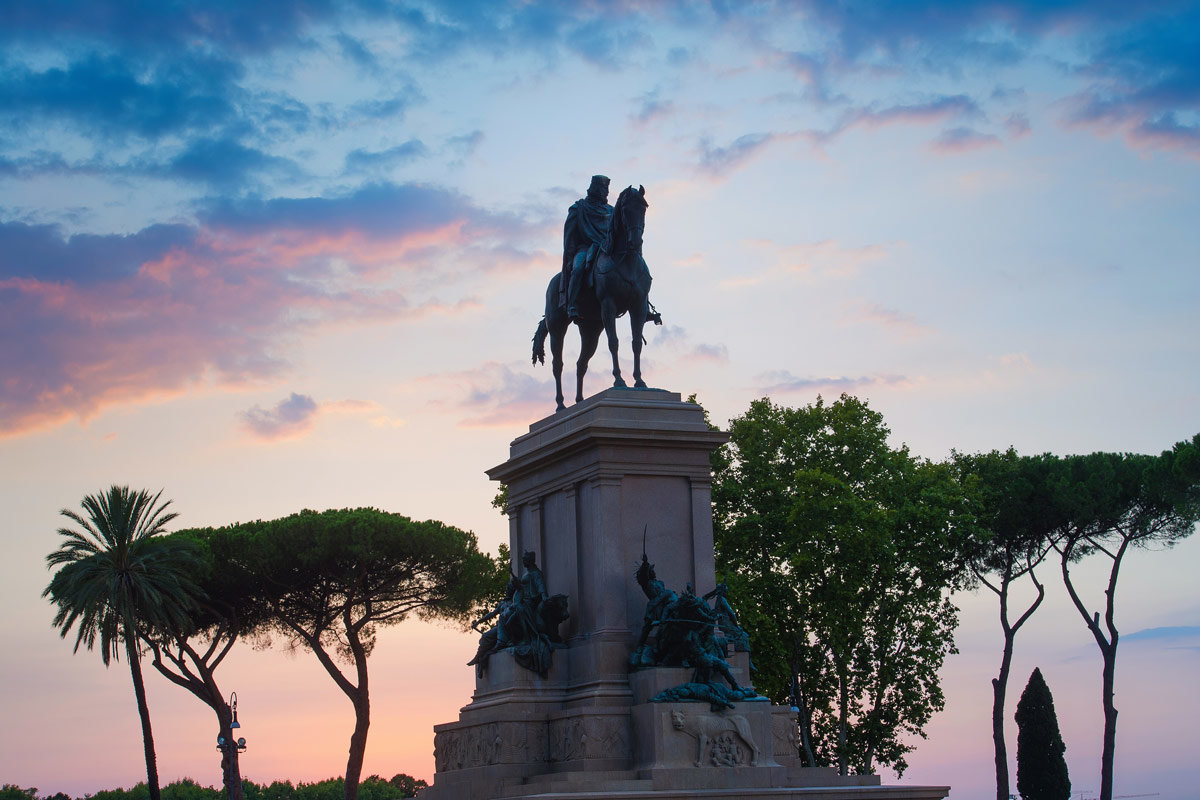
Let’s move back to happier moments in our cinematic journey through Rome. We wander back down the hill, through the busts that sprinkle the lawns as they do at the beginning of the Sorrentino’s La Grande Bellezza. Heading down the first flight of stairs, we pause before descending the next flight. Take in the beautiful fontanone, and slightly smaller (though equally stunning) view over villa rooftops. Sorrentino’s 2013 film starts with sweeping traveling shots of these fountains. Their ceaseless motion documents choir song which accompanies its detailing of a tour bus and its contents. The climactic moment comes when a lone tourist steps out of hearing distance of the tour guide. He gazes out at the view before him through a camera lens, and dies.
The beauty of the scene, especially when captured on high quality film, overwhelms the body to the point of death. You might consider what the point is, that Sorrentino is trying to make. Consider Rome’s beauty, from above, from afar, through the superficial eye of a tourist, of a camera lens. How can a person move in the city from such a removal? Without its context? Is beauty without qualification simply too much?

With this in mind, we head back down into Trastevere. Cross the Ponte Sisto and head straight on towards the beautiful Trevi Fountain. Of course, this location immediately recalls Fellini’s indisputable classic, La Dolce Vita. The 1960 production saw Rome depicted as it never had before. The glamor, the grandeur, the melancholy. Interestingly, the original fountain couldn’t be used in the filming of this piece. Instead, a life-size reconstruction was built especially for Fellini. Its importance to the film, and moreover to Rome’s reputation thereafter can thus not be overestimated.
There is one picture that comes to mind even to those who haven’t seen the film. Ekberg’s self-assured, elegant stroll through the waters has become the epitome of Roman glamor. For now, lets leave the dark subtext and wildly cynical undertones of Fellini’s work. Instead, simply enjoy the the utter beauty of the city in which you find yourself. Regardless of its social commentary, La Dolce Vita will remain one of the most beautiful films ever to be made.
As the sun starts to set, we conclude our cinematic journey through Rome. Why not head to one of the elegant wine bars in the Spanish Steps area, or a trendy social hub in Trastevere. If you want more of Rome’s cinematic world, head to Bar Cavona on the Piazza del Popolo. This used to be Fellini’s favorite haunt. His drawings still grace the interiors, as do tales of the meetings he would hold in his office at the back.
